Karin, head coach and running guide from Run the Wild unpacks what is a good running pace, what measures are consistently comparable for trail runners, and how to set your sights on improving your pace. Lace up your trail running shoes and get ready to discover what is a good running pace for you!
Before we dive into what a good running pace is, do you know what running pace actually is? It’s the same as speed, right? Wrong! The two, although directly linked, are not the same.
Speed is how much distance you cover in a set time – seconds (s), minutes (min) or hours (h). Pace is what time it takes you to cover a certain distance, typically per kilometre (km) or mile (mi).
For example, running 10km in 60 minutes, would equate to 10km/h (speed) or 6min/km (pace). Many runners look at pace while running, or speed on a treadmill.
Metric or imperial?
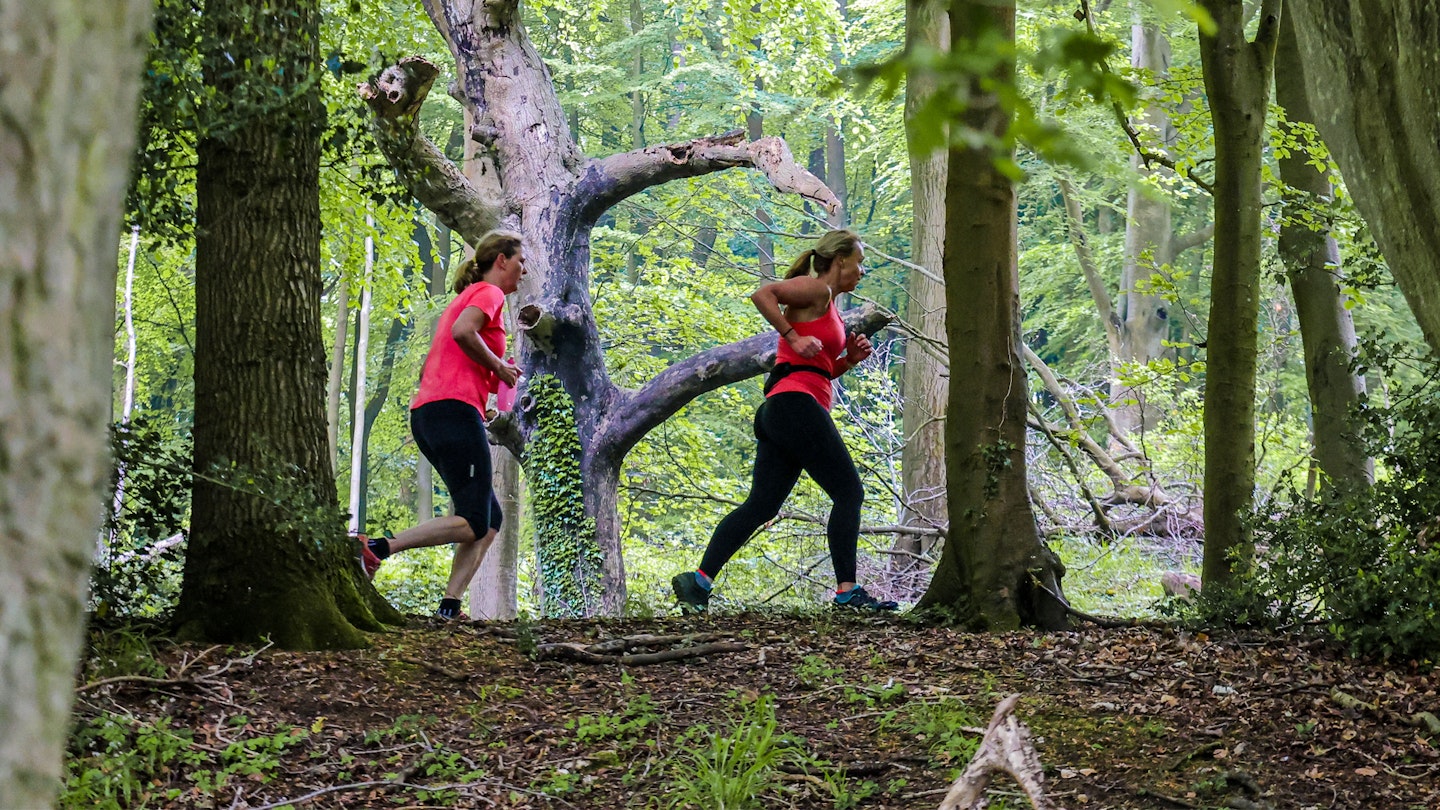
This brings about our second question. Should I look at my pace per kilometre or per mile, i.e. metric or imperial measures? This probably depends on what distance you can visualise or what measure you are most familiar with, but it’s worth considering what other data it will be compared with.
In the UK we sit in a weird place in the world of measures. Where we have some familiarity with both systems but lack an intimate understanding of either. I know what a centimetre and a metre are, but have no idea about inches or feet. I can’t visualise a kilometre but I can a mile. What a mess!
However, you need to pick one if you really want to focus on your pace. Watches allow you to choose one universal setting. For me, I prefer elevation in metres and pace in miles.
Races in the in the Alps are metric, which is where I mostly race, so I’ve decided to settle on pace also being in metres as a compromise, but it still sits uncomfortably in my mind as all my road marathon paces were based in miles.
Worth noting, though, is that some watch brands (e.g. Garmin) will allow you to set measurements to 'Statue UK', which allows you to measure distance in miles and elevation in metres.
How to calculate running pace
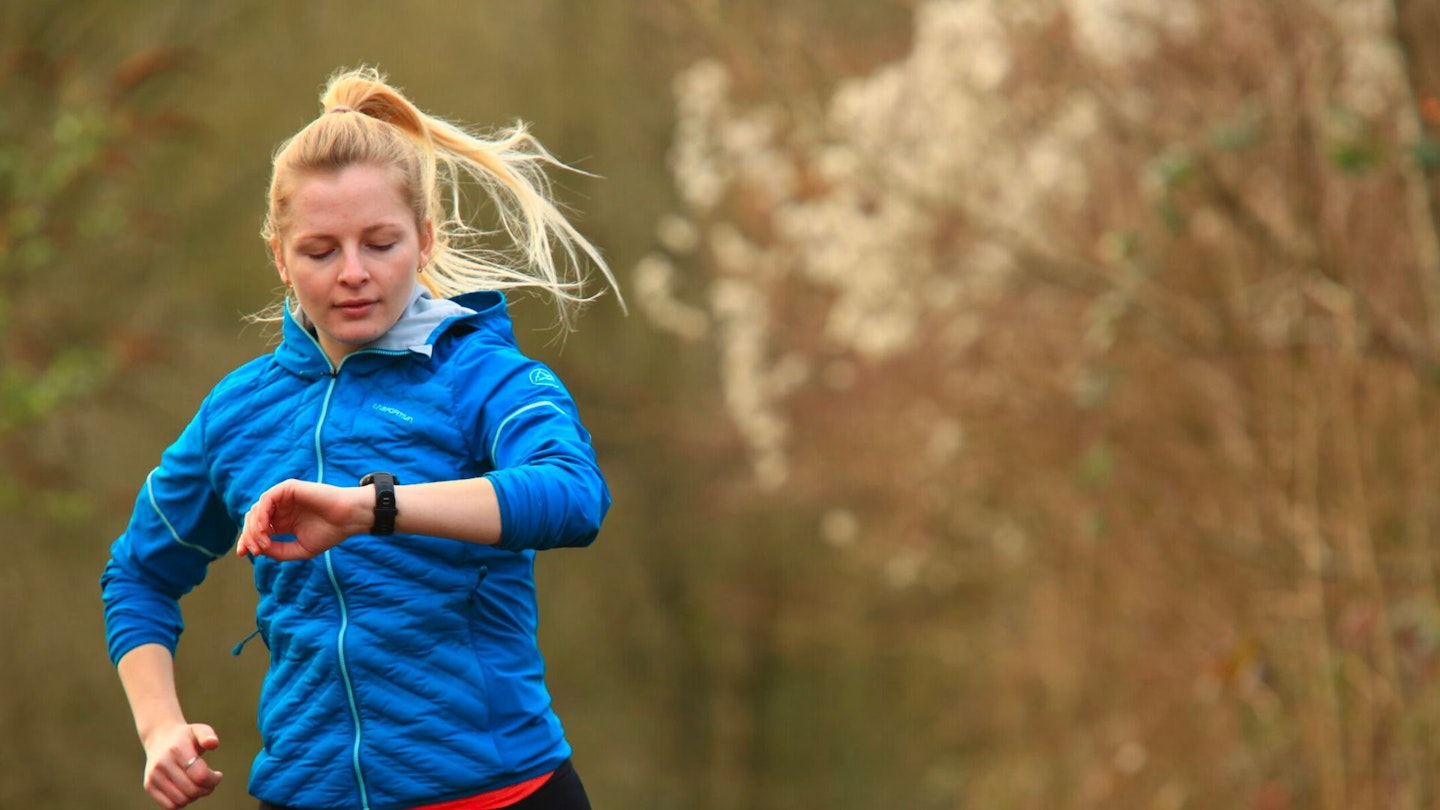
To calculate running pace, GPS running watches show this as a data field, but online calculators are available, which also show the conversion between imperial and metric, and calculate predicted finish times for set distances with inputs provided.
Note, your watch may offer three (or more) paces, current pace, lap pace and average pace. Current pace will be the most variable as depends on GPS tracking points. Lap pace will show you the pace of the current mile, km, or selected lap distance.
Meanwhile, average pace shows data from the whole run so far. Pace Calculator is one such calculator, and Strava also offers an online version that has the advantage of highlighting key race distances.
What's a good running pace?

But what is a good running pace? There are many factors and variables to consider here, and this is where the road runners and trail runners among us are more divided.
Some questions to consider before getting to what's good:
· What is your demographic? Age and gender are natural factors.
· What is the objective of the run? You may be racing, doing a long easy paced run, doing a tempo workout, etc.
· What is the total distance you intend to cover? 100m pace vs 10km pace should be very different.
· What is the terrain and ascent/descent profile like?
· What is your typical pace and how does this compare?
· What were the conditions like? Sunny/windy/rainy/muddy underfoot etc.
· How were you feeling? Are you coming back from injury/nursing a niggle, had no sleep last night, fuelled poorly, running on tired legs.
Strava published data for this year’s London marathon, with the median men’s time being 4hrs 2mins (9mins 14 secs/mile or 5mins 44 secs/km) and women's median time of 4hrs 43mins (10mins 47 secs/mile or 6mins 43 secs/km).
Does a median time really show anything of significance anyway? Looking at this sort of data isn’t that helpful, BUT I do think running apps like Strava can be useful when you look at leaderboards for segments, and if you have the paid version of the app, this data can be broken down beyond gender, into age categories as well.
Many of us have routes that we run regularly and have a rough idea of how long it takes, but next time have a look at what pace you were doing that loop.
Feeling a good pace
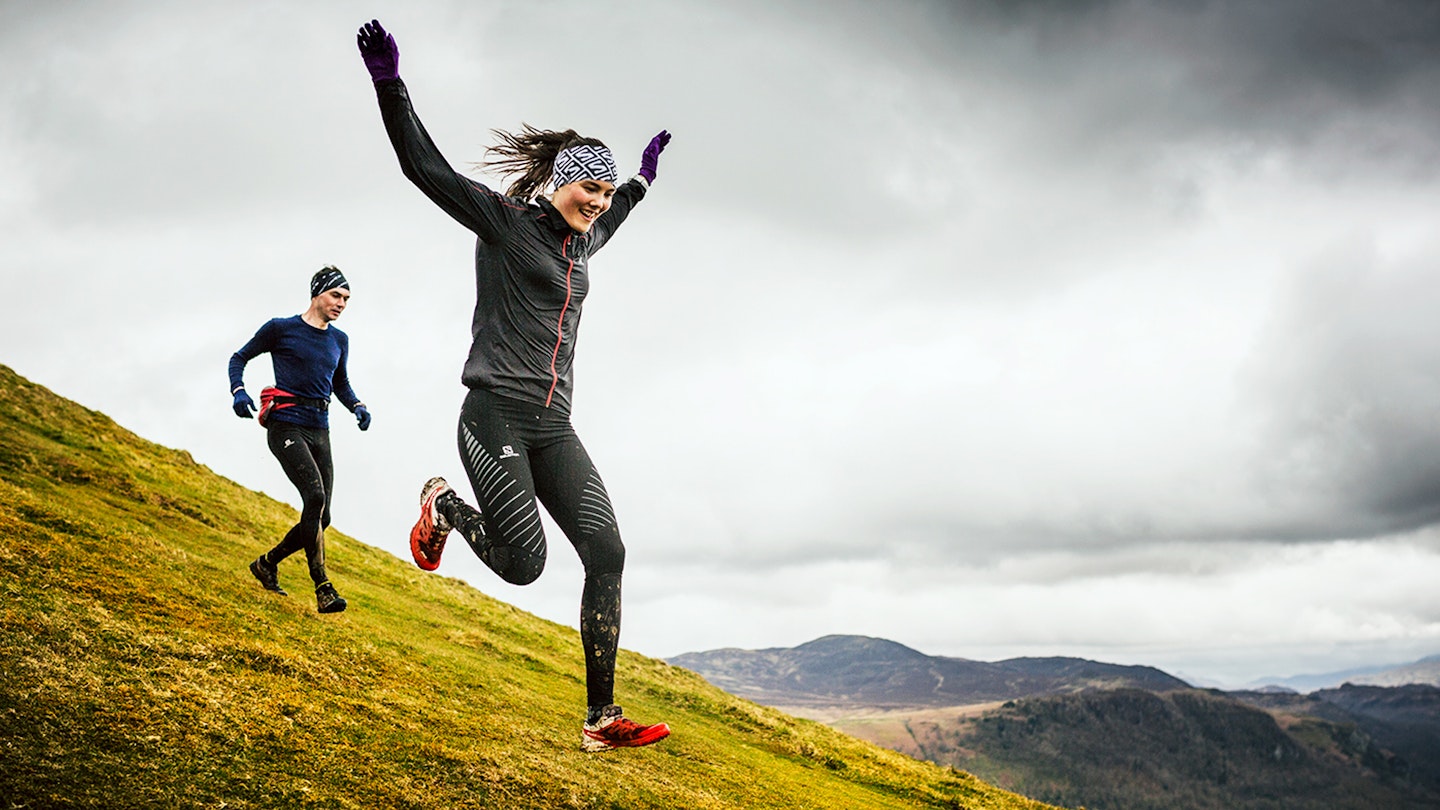
The more you have run, the more you begin to get a feel of what is a good pace for yourself, for different sorts of workouts.
As we mentioned before, there should be a distinct difference between pacing for different distances and different styles of workouts. The Advanced Marathoning (Pfitzinger and Douglas) book states that when marathon training, long runs should be 10-20% off race pace.
This title of the book does allude to the fact this is probably not advice aimed for someone tackling their first marathon, where long runs are often run at any pace that will encourage distance completion.
There are numerous calculations for trying to extrapolate what longer distance times (and therefore paces) should be achievable given shorter distance data. There are online calculators for this, as well as crude back of envelope calculations.
When I ran my first marathon, the calculation was double your half marathon time and add 10minutes, assuming your training has progressed ‘to plan’.
What's a good pace for you?
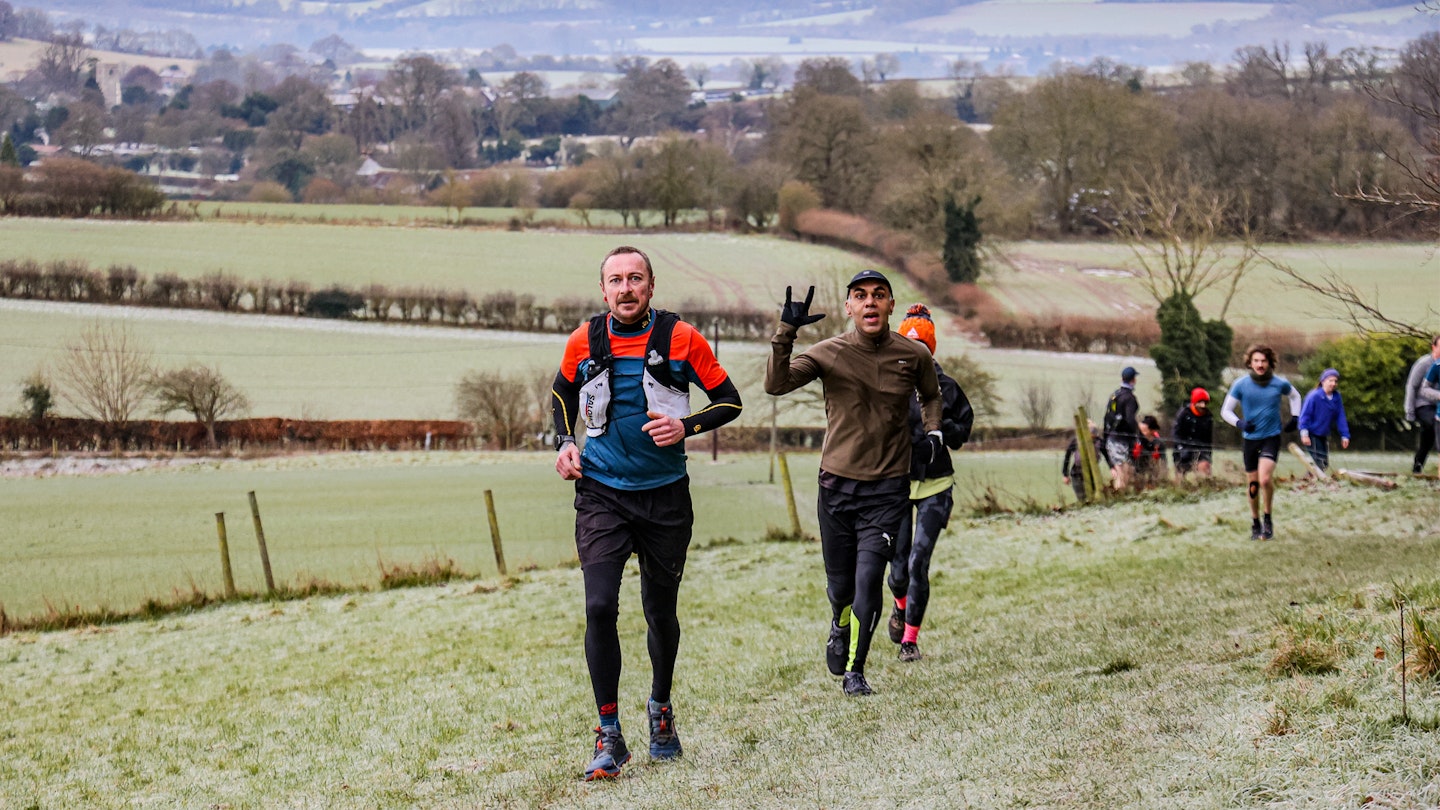
Many of us run the same routes that we know take the same sort of time each time. However, is the mantra of running hard runs hard and easy runs easy, also playing on your mind?
To try and work out what pacing you should be aiming for on different types of runs. It's useful to build a database of pacing for different intensity workouts, whether this is judged by RPE (Rate of Perceived Exertion) or heart rate, or previous race paces.
There are some handy online calculators that take into account previous race times to give you training paces. For instance, McMillan Running asks you for a previous race distance and time, and then provides your training paces for easy runs, tempo runs, VO2 max runs, long runs (given within a range) and more.
For those who don’t have consistent access to laboratory testing, these are useful tools.
Not all runs are the same!
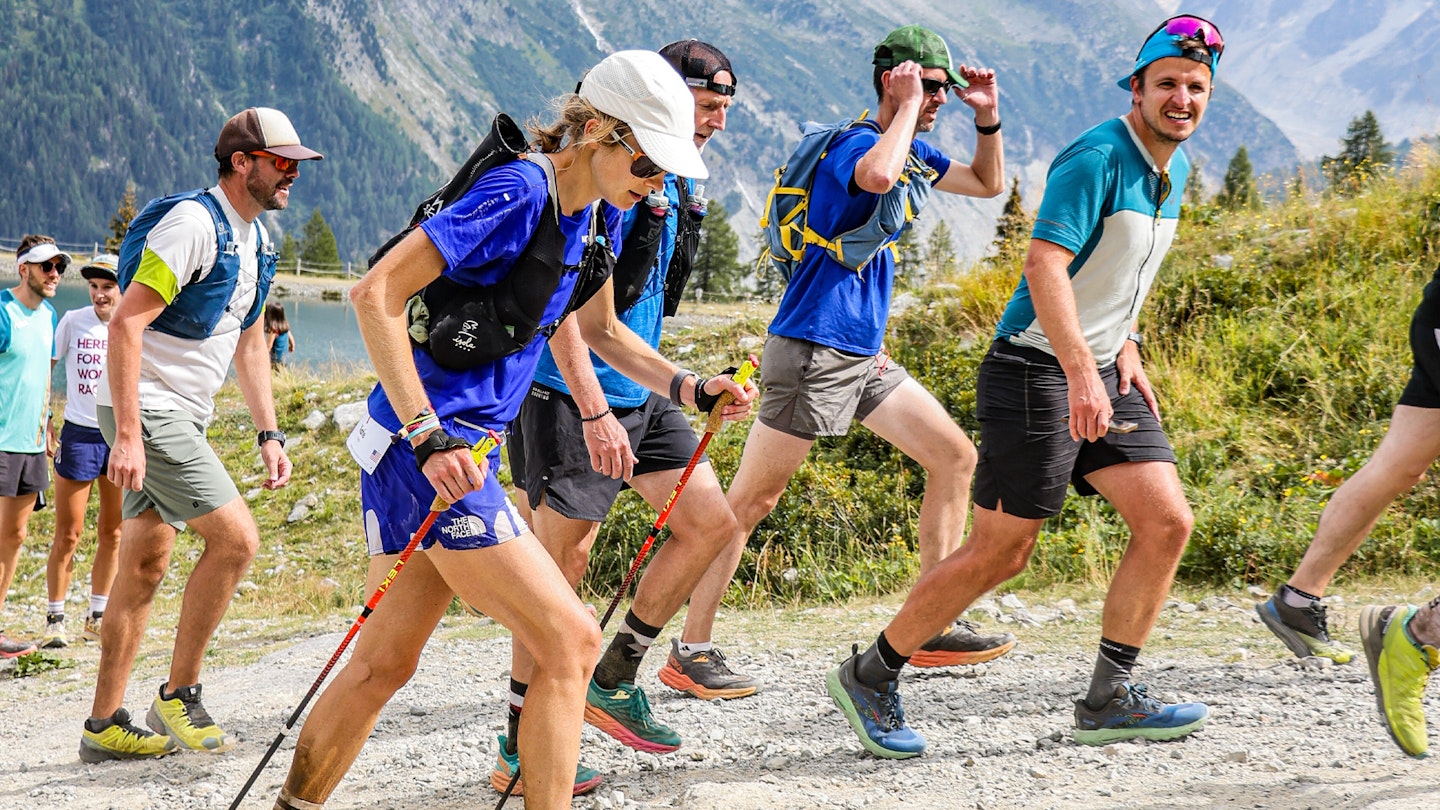
For the trail runners among us, average pace isn’t always a very helpful metric. Where I run in the Alps there's almost zero flat running, it’s either gentle ascent and descent, or hardcore brutal ascent and descent, and the terrain varies from ball bearing style gravel to grassy tracks and single-track mudded ruts down a mountain side.
If I look at my last five trail runs on Strava, my stats were (which incidentally are in imperial!):
15:38 min/mile, HR 159, Best mile 9:10 +1,716ft
12:29 min/mile, HR 160, Best mile 8:24 +2,572ft
9:12 min/mile, HR 163, Best mile 7:35 +551ft
16:04 min/mile, HR 156, Best mile 7:56 +5,108ft
16:23 min/mile, HR 154, Best mile 8:53 +2,687ft
As you can see, there is huge variability, and when there is an over 100% difference between the fastest mile pace and the average mile pace on a run, it gives an indication that not all miles were created equal. Many watches try and get around this by offering an ‘Effort Pace’ data field.
Coros uses fully individualised metrics based on historical data (a bit like Strava’s Grade Adjusted Pace, but individual, as opposed to combining all user data), but I haven’t found the metric to accurately reflect the challenges of variability in underfoot conditions.
As a mountain runner, I tend to use the following data to give comparable data for each run instead:
· Climb rate (so pace, but vertically rather than horizontally): How many metres per hour.
· Ascent versus descent time: On the same slope I will typically descend at twice the speed that I climb, so if I’m faster or slower than this I know if I’m running at a good or poor pace for me.
· Strava Segments: Nothing like some healthy competition of seeing how fast other runners have tackled certain segments to get a feel of how good one’s pacing is for a specific section.
How do I get faster?
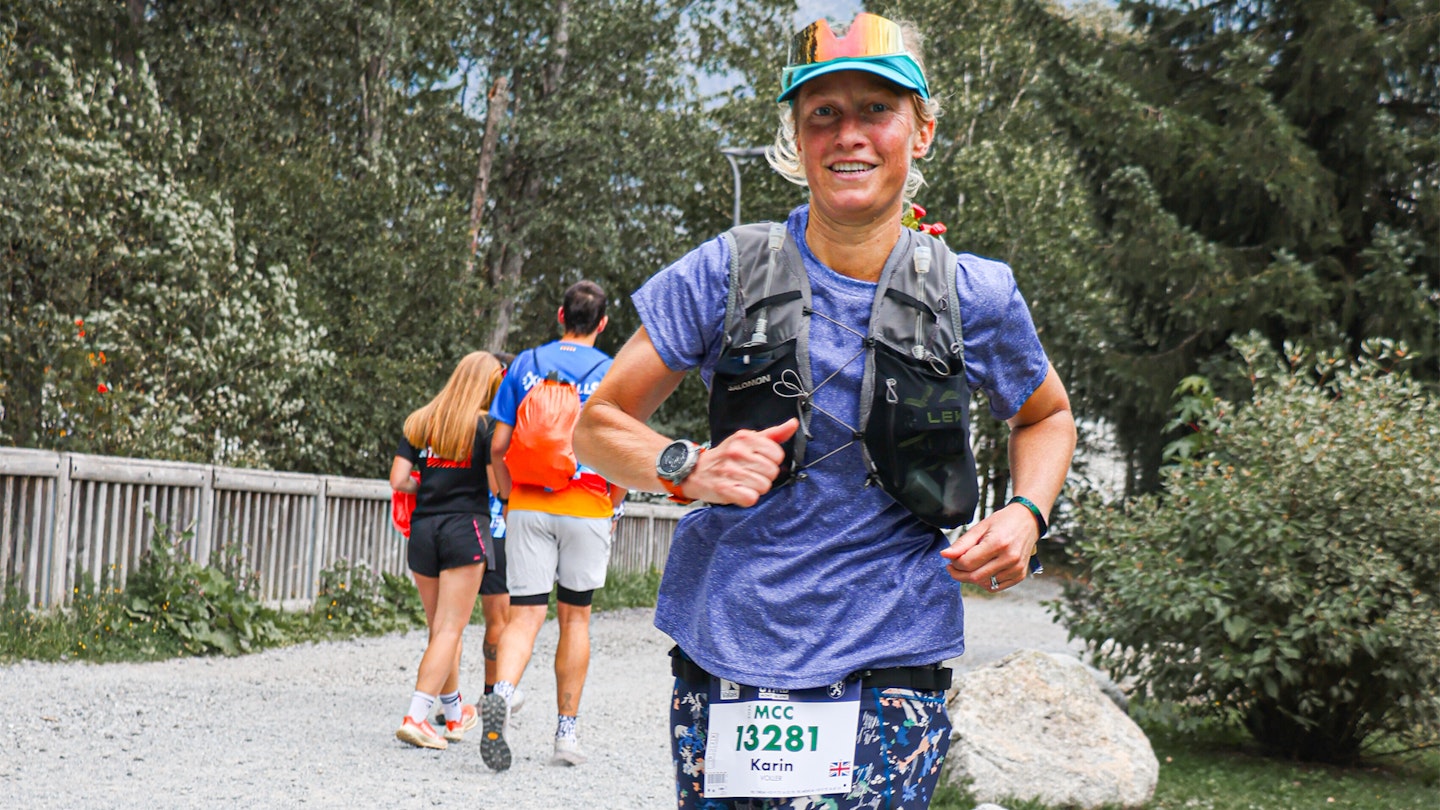
This is the hard part. When I said many of us runners do the same route, as it’s comfortable and we know how long it will take to within a few seconds... well spoiler alert, that’s not going to improve your pace. The only way of running faster is… is to run faster!
An improvement to running economy (how efficiently we use oxygen when we run) can help us run faster for longer. Strength work, plyometrics, increased running volume and increased cadence can all help with improved running economy.
In terms of training sessions to increase pace, overall, we need to step into that uncomfortable zone of training and employ more fast twitch muscles via tempo sessions, fartlek, intervals and speedwork.
These are the sessions that bring about the greater physiological adaptations required for improving overall pace. One method for training the body to move faster is to use downhill reps to encourage faster cadence and drive with gravity providing a natural assist.
Then there are the external factors. Carbon plated shoes like The North Face's Vectiv Pro 3 advertise an increase in pace due to the added propulsion, responsiveness and improved efficiency.
Their popularity despite their cost does suggest there are some truths to the claims, with Nike's Vaporfly claiming a 4% increase in running economy.
A 2022 study in the Journal of Sport and Health Science suggested that yes, the shoes did reduce the metabolic cost of flat treadmill running by 3.83%, but the effects were less when running on very gradual (3%), uphill (2.82%) and downhill (2.70%) slopes.
Sum up
For those at the very sharp end of the competitive field, pace is very important. If you want to win the men’s 100m at the Olympics, you're looking at holding a pace of 1:36min/km for those 100m, or if you're competing in the women’s marathon, a pace of 3:05min/km to be world record beating level.
For everyone else, rather than focussing on record beating pace, focus instead on improving your own pace. Find the line in the sand, what you're currently capable of, and set a goal to try and improve this, through specific workouts. You might find a new pair of shoes helps, too….
About the author
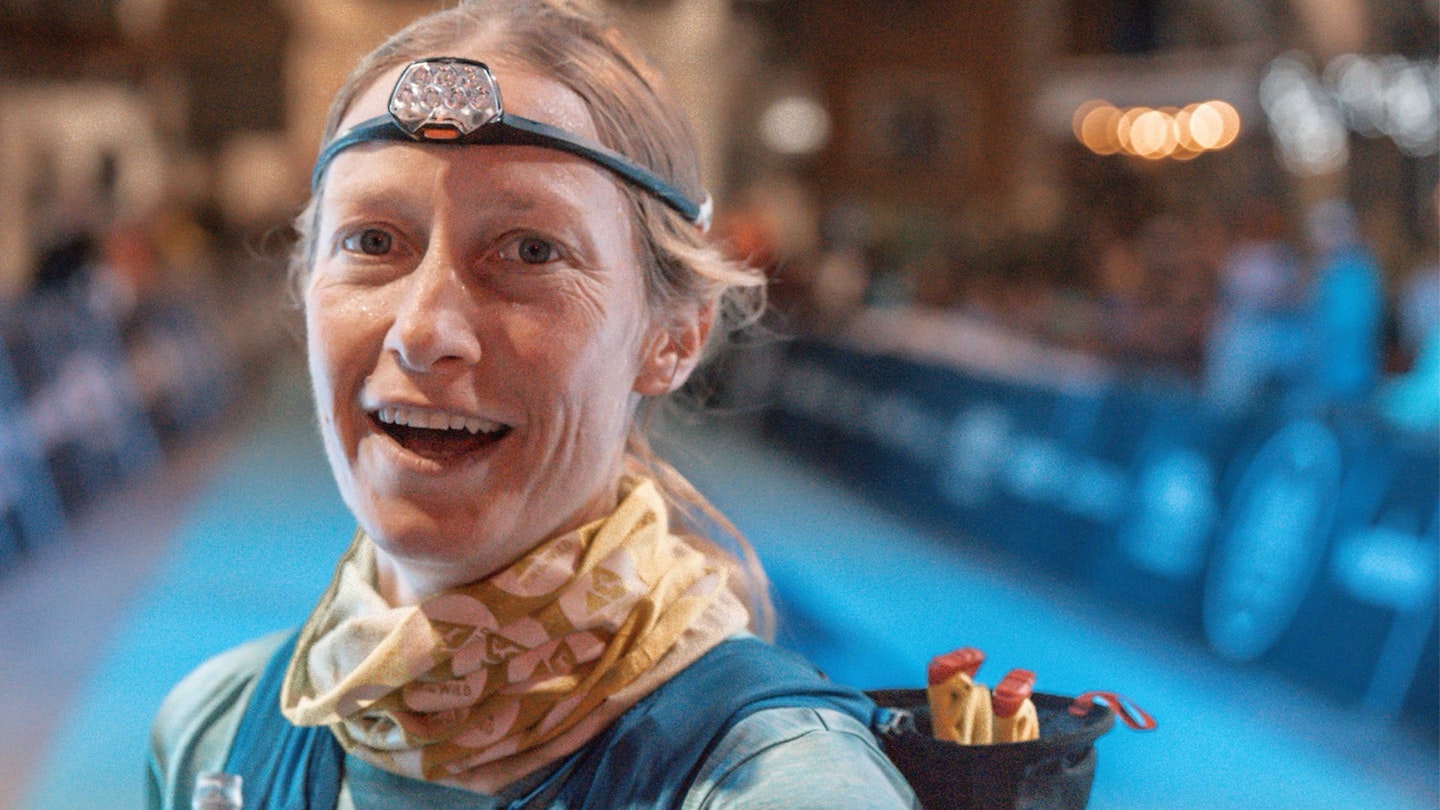
Karin Voller is head coach at Run the Wild, a touring company who, when they aren't running local events, coaching, or writing for LFTO, take groups on guided trail running holidays across Europe and the UK. Get in touch with her here if you are looking for a tailored coaching plan.
